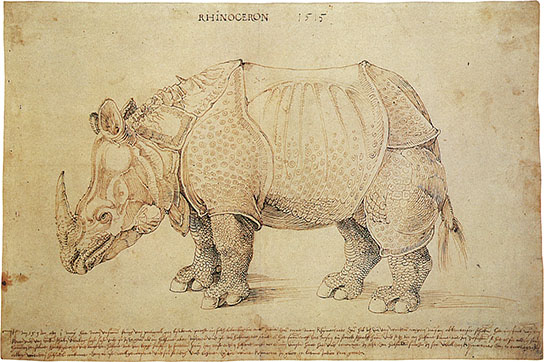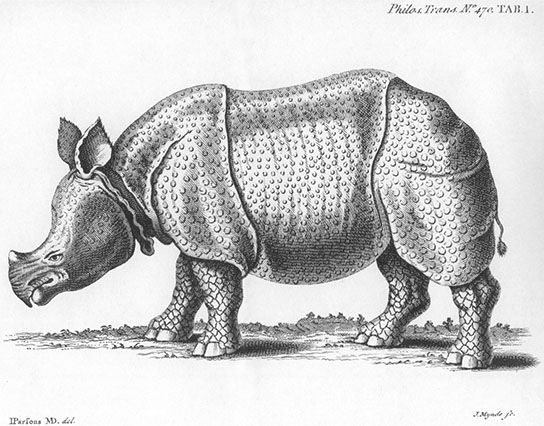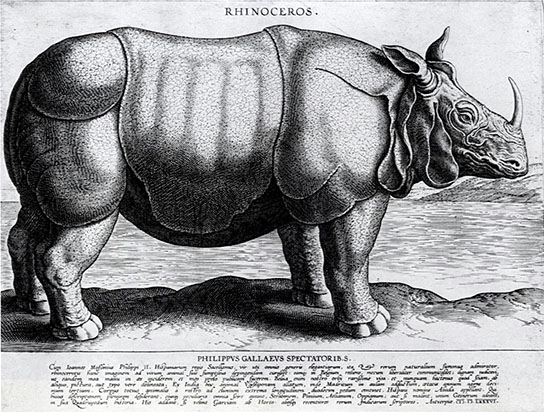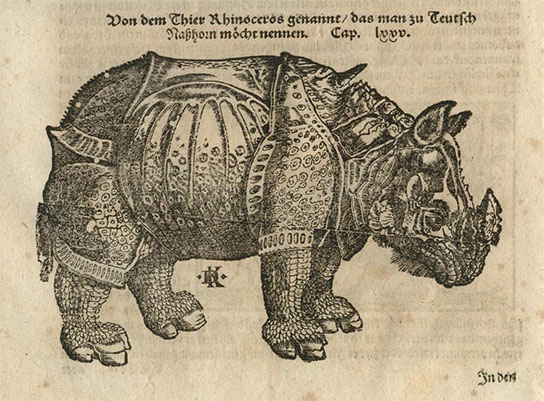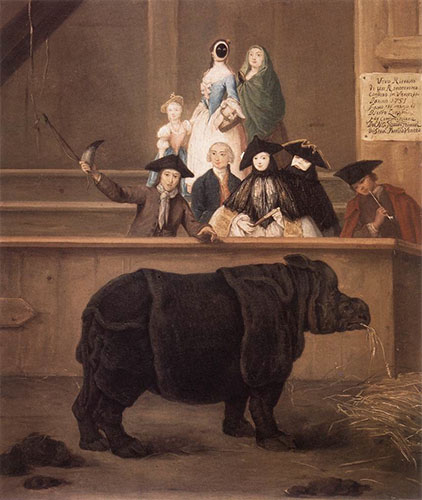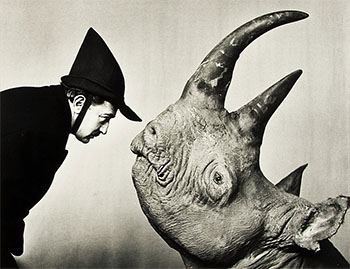The
Liber chronicarum, (image source from provided ebay link) a universal history compiled from older and contemporary
sources by the Nuremberg doctor, humanist, and bibliophile Hartmann Schedel
(1440–1514), is one of the most densely illustrated and technically advanced
works of early printing. It contains 1809 woodcuts produced from 645 blocks.
The
Nuremberg entrepreneur Sebald Schreyer and his brother-in-law, Sebastian
Kammermeister, financed the production of the book. Michael Wolgemut and his
son-in-law Wilhelm Pleydenwurff executed the illustrations in around 1490, a
time when their workshop was at its artistic peak and the young Albrecht Dürer
was just completing his apprenticeship there.
The
views of towns, some authentic, some invented or copied from older models, are
of both artistic and topographical interest. This brilliantly colored copy,
owned by Schedel, contains valuable additional matter, such as Erhard Etzlaub's
map of the road to Rome. Along with the rest of Schedel's library, the book
became part of the library of Johann Jacob Fugger, which in 1571 came into the
possession of Duke Albrecht V of Bavaria.
This Chronicle is probably the most sophisticated printed book published before the year 1500 because of its use of different graphic layouts that integrate text and image in more varied ways than anything that had previously been attempted.
There are also images at Biblioteca Digital de Obras Raras e Especiais atUniversidade de São Paulo, Brazil.
Wikimedia
has a lot of illustrations in three categories: one, two, three; a few of which
also appear above.



